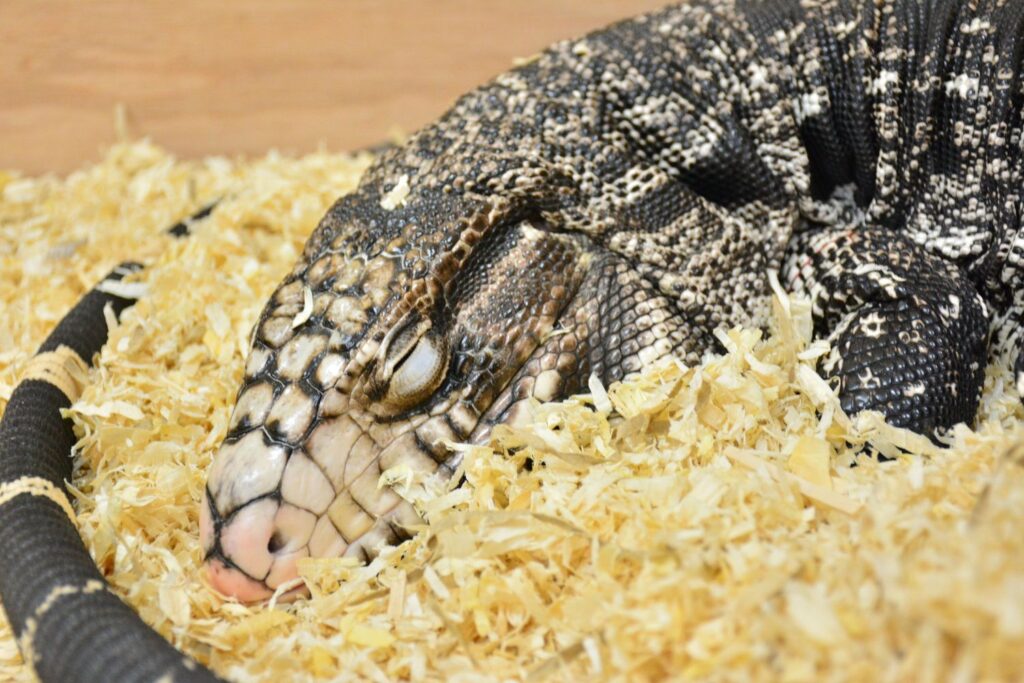Based on studies on cats and humans conducted in the 50’s, sleep was separated into two distinct sleep states: slow wave sleep (SWS) and paradoxical sleep (PS) (Aserinsky & Kleitman, 1953; Jouvet, Michel, & Courjon, 1959). But, why evolution favoured the emergence of these two states? What advantages do they confer to the survival of a species? To answer to these questions, phylogenetic comparative studies should be conducted.
Since the discovery of Paradoxical Sleep experiments were performed on mammals, birds, reptiles, amphibians, and fishes to determine when the two sleep states appears in the evolutionary history of vertebrates. Based on these initial results (most of these studies were conducted in the 70’s) it was generally accepted that only mammals and birds, both homeotherms, display paradoxical sleep and slow wave sleep, suggesting a convergent evolution with the homeothermia. However, the absence of two sleep states in particular in non-avian reptiles (crocodiles, turtles lizards and snakes), remains questionable. By characterizing the full phenotypic expression of sleep in different species (in particular reptiles). We are trying to establish a more solid understanding of what we call paradoxical sleep to better understand the origin(s) and function(s) of these two sleep states.


